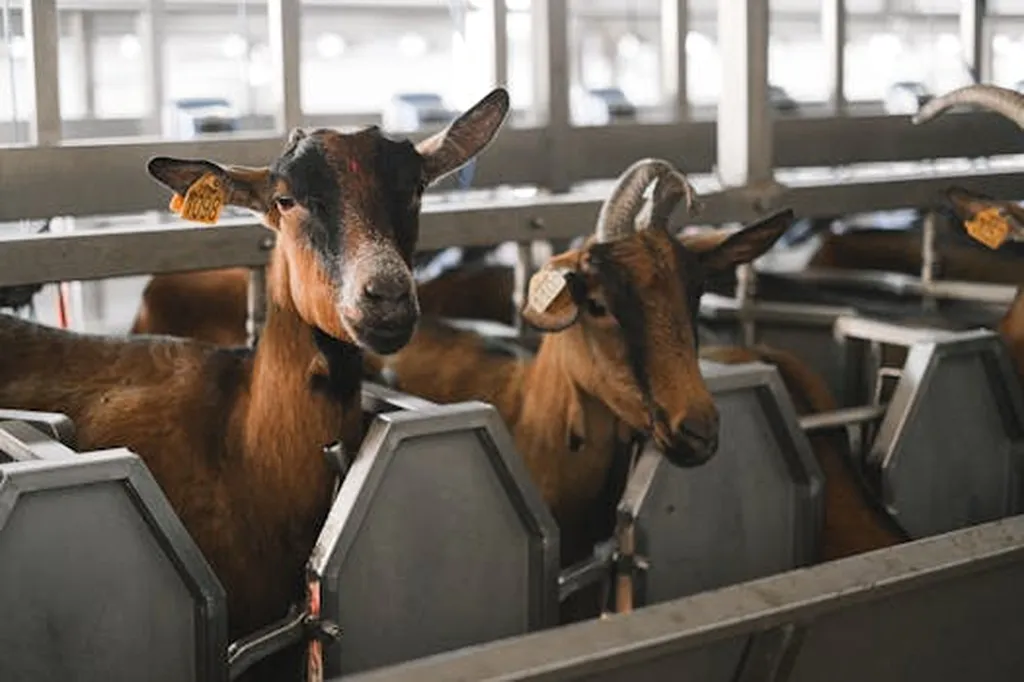Vermont’s dairy farms, long defined by rolling pastures and hands-on labor, are quietly embracing a technological shift. From GPS-tracked goats to robotic milkers, innovations once relegated to industrial-scale operations are now finding their way into the state’s smaller, family-run farms—offering potential solutions to labor shortages, rising costs, and the persistent challenge of keeping dairy farming viable.
At Doe’s Leap Farm in East Fairfield, George Van Vlaanderen has traded in his temporary electric fences for a system that relies on cellular signals and goat behavior. With funding from the Northeast Dairy Business and Innovation Center, his herd now wears GPS-enabled collars that create virtual boundaries across the farm’s 150 acres. Using a smartphone app, Van Vlaanderen maps out grazing zones; when a goat nears the edge, its collar emits a warning beep, followed by a mild shock if it doesn’t retreat. The sound alone is often enough to condition the herd—only a fraction need collars for the system to work.
The benefits extend beyond convenience. By rotating goats more efficiently across diverse pastures, Van Vlaanderen has seen improvements in milk production, attributing it to better nutrition. “We can target the best forage areas in real time,” he explains. The system isn’t flawless—collars occasionally slip off, and the upfront cost remains a barrier for many—but its adaptability is appealing. For farms struggling with the physical demands of moving fences or hiring seasonal labor, virtual fencing could offer a scalable alternative.
Yet not all innovations align with Vermont’s traditional farming ethos. At the University of Vermont’s Dairy Farm, where students still learn hands-on milking techniques, robotic milking systems—already adopted by some commercial dairies—remain under consideration but not yet in practice. Eric Von Wettberg, an agriculture professor, emphasizes the educational value of conventional methods. “Our priority is training the next generation of farmers,” he says. “Automation might streamline operations, but it can’t replace the experience of working directly with animals.”
The tension between tradition and technology reflects broader questions about the future of Vermont’s dairy industry. Russ Ingalls, chair of the state Senate’s Agriculture Committee, frames the debate in economic terms. “Farm numbers are declining, and margins are tight,” he notes. “If technology can help farmers work smarter—not harder—it’s worth exploring.” For Ingalls, the goal isn’t to replace time-honored practices but to supplement them with tools that improve sustainability, whether through precision grazing or data-driven herd management.
Still, adoption won’t be uniform. Smaller farms may lack the capital for high-tech investments, while others might resist changes that feel at odds with their farming philosophy. Yet as labor shortages persist and climate pressures mount, the experiments at farms like Doe’s Leap suggest that even modest technological integrations could play a role in keeping Vermont’s dairy industry competitive. The question isn’t whether these tools will transform farming overnight, but whether they can help it endure.

